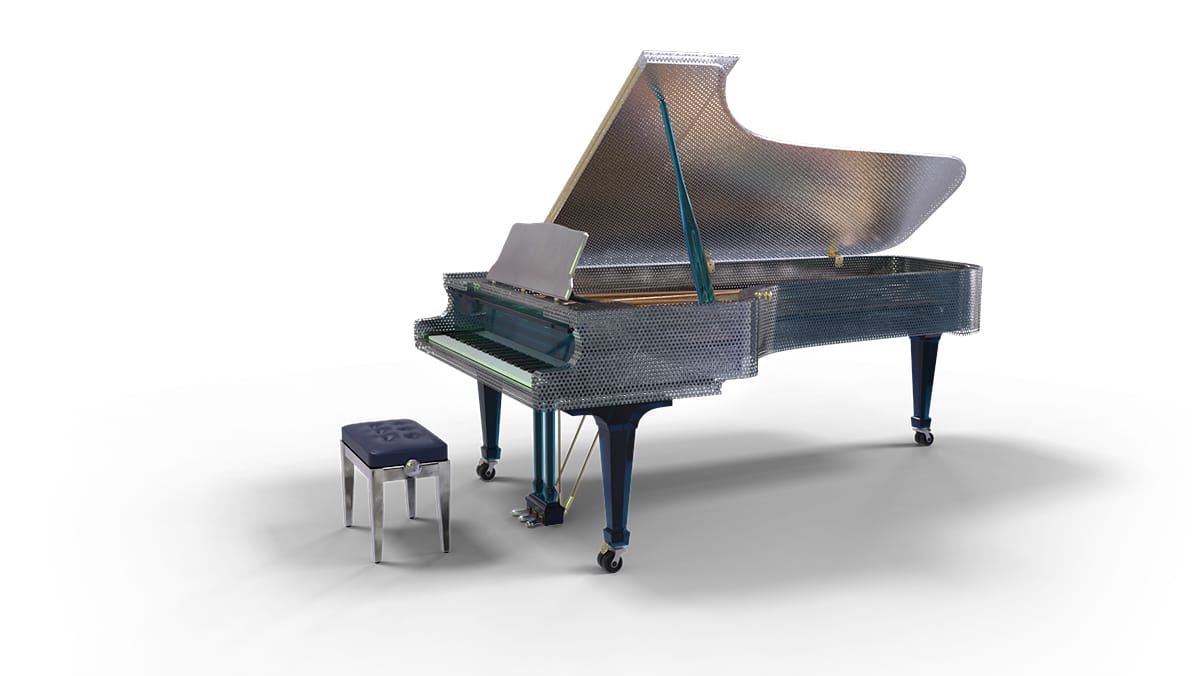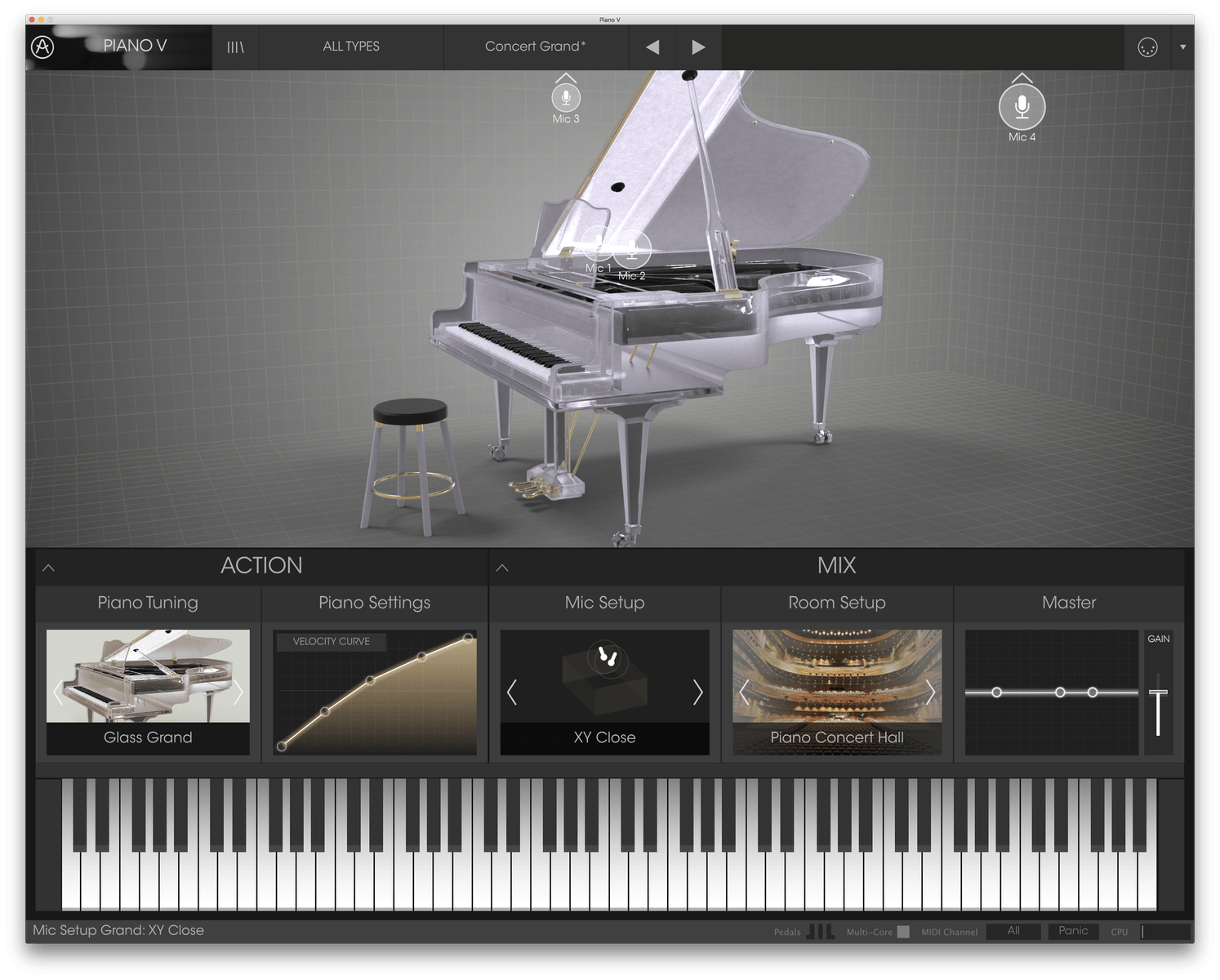

I feel this would have created a lot of opportunities for an even more unique variety to the overall sound of the synth. Another small complaint is the lack of an octave switch. This amounts to one semitone either up or down, limiting the unison mode somewhat in practice. Each oscillator tuning knob only covers a limited detuning range. The main drawback here is tied directly to the implementation Akai used for the physical controls. In practice, this setup allows for some beautifully stacked creations, as well as some absolutely massive and wailing leads. The synthesis engine itself features a single square oscillator that feeds into a lowpass resonant filter, which then leads to a decay ramp envelope that can be individually applied to the amp as well as the cutoff. It’s easy to forget that many classic monosynths suffered from tuning issues regularly, and this is something that Akai has clearly been working diligently on. From what I played, the tuning discrepancy between the voices was negligible certainly well within industry-standard limits. You can tell they took the feedback on the Rhythm Wolf seriously, and included this as a stopgap to ensure that doesn’t come up here.

Akai has even gone so far as to include a voice-calibration function that enables retuning, if the voices drift away over time. The four voices on the Timbre Wolf’s engine are the same mini-synth components found in the Rhythm Wolf, though with one major improvement all of the voices are in tune with one-another. I found that they had just enough resistance to feel substantial, but not enough to be a nuisance when playing faster passages and flourishes.īelow, please take a moment to view some of the best-selling synthesizers currently available online: Playing the synth feels great, with the semi-weighted plastic keys reacting nicely to the touch. An integrated four-track sequencer can control any (or all) of the voices at will, creating an opportunity for unique groove-boxing and tone creation that goes beyond the normal layering methods on other similar units, such as the Korg Minilogue or the Arturia Microbrute.

The setup here is slightly different, though, due to the fact that each voice is in fact its own mini-synth.

This is straight out of the playbook of the old Korg Mono/Poly machines, allowing control of the oscillators individually, opening up a lot of creative potential in the process. The rear of the device comes with just about everything you could want in a synth like this: a main out, individual voice outputs, headphones, MIDI In/Out/Thru, USB MIDI and gate I/O for clocking the sequencer.Īnother feature that stood out immediately to me was the unique, independent 4-voice architecture. The little touches really shine on this one, including metal paneling, real wood end caps and a simplistic and clean interface. The first thing that stood out to me about the Timbre Wolf’s design was the construction quality. VCF, 2 LFOs, 2 envelopes, sync and cross modulation Gooseneck mic w/built-in Vocoder & AutoPitch So, ultimately, is this the right synthesizer for you? Does it meet expectations? Well, let’s find out.īefore we move on, please take a moment to use our interactive table below to compare the Akai Timbre Wolf synth to other quality synthesizers worthy of your consideration.Ĩ-Track Pattern Sequencer w/Non-Stop Recordingġ6-Step Polyphonic Step & Motion Sequencer I had a chance to spend some hands-on time with the device, and I walked away with plenty to like about it, as well as a few sticking points that I feel need to be noted. Now, Akai is back with the Timbre Wolf 4-voice analog synth, an answer to the growing sub-$500 hardware synthesizer market. Still, the wholly unique sound of the machine coupled with the solid construction and affordability made it a very intriguing offer for those looking for that sort of thing. The Rhythm Wolf was the first step in this process Akai built a drum machine that divided the community due to its lack of depth in the tonality department, as well as the arguably out-of-tune bass synth module. Lately, it seems as though Akai has been really pushing their analog synth offerings to the next level.


 0 kommentar(er)
0 kommentar(er)
